Radiation and magnetic fields
As a general rule, radiation exposure increases with altitude – people living on mountains receive more than those at sea level, while airline crews receive a small but noticeable additional dose.
Astronauts in orbit receive still more radiation – they are officially classed as radiation workers. The individual dose for the whole flight is carefully measured by keeping a dosimeter on their body, to keep their career exposure within safe limits.
EuCPAD

To gain a clearer picture of astronauts’ radiation environment, ESA has developed an electronic dosimeter that can provide almost instantaneous information to its wearer, on their current radiation exposure and dynamics of their immediate environment.
The system is sensitive enough to differentiate between different radiation types, including the high energies of cosmic radiation coming from far out in our Galaxy.
The European Crew Personal Active Dosimeter – EuCPAD – comprises a wearable unit with a storage device for battery charging and data transfer – similar in purpose to a smartphone charging station, if much more sophisticated.
The system was first tested by ESA astronaut Andreas Mogensen during his 10-day iriss mission and Thomas wore it for longer periods and stored the radiation received at short intervals.
Having more information about where or when radiation exposure occurs is an important benefit of the system. Knowing which Station modules provide the best shielding could be valuable in designing future deep-space spacecraft.
DOSIS-3D

DOSIS-3D helps to understand space radiation and how it penetrates the Space Station walls. Active and passive radiation detectors are being used to map the radiation in all of the Station’s modules.
Europe’s Columbus laboratory is monitored by 11 passive dosimeters. The dosimeters are about the size of a pack of playing cards and attached to the walls of Columbus with Velcro. They record how much radiation has been absorbed in total during the period they are in space.
This experiment has been monitoring radiation levels for a number of years and after each six-month crew rotation the detectors are replaced to record changes in radiation. ESA astronaut Thomas Pesquet removed the old set of dosimeters from Columbus, packed them for return to Earth, and stuck a new set to the walls.
In addition to the passive detectors, DOSIS-3D uses active dosimeters that measure fluctuations in radiation levels over time. Data from all Station partners are shared to create as complete a picture of space radiation as possible.
Magvector
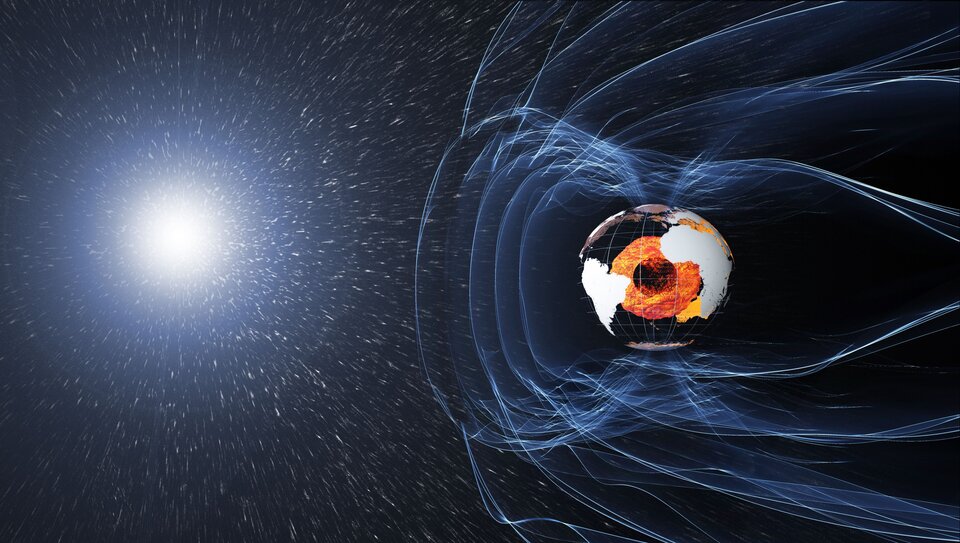
Earth’s magnetic field is constantly flowing around us and influencing our daily lives. Aside from protecting us from solar winds, it also makes a compass work and it helps birds to find their destination when migrating. This same force can interact and interfere with equipment and experiments on the International Space Station.
Magvector investigates how Earth’s magnetic field interacts with an electrical conductor. Using extremely sensitive magnetic sensors placed around and above the conductor, the researcher will gain insight into how the magnetic field influences how conductors work.
This research will not only help improve future Space Station experiments and electrical experiments but it could offer insights into how magnetic fields influence electrical conductors in general – the backbone of our technology.















 Germany
Germany
 Austria
Austria
 Belgium
Belgium
 Denmark
Denmark
 Spain
Spain
 Estonia
Estonia
 Finland
Finland
 France
France
 Greece
Greece
 Hungary
Hungary
 Ireland
Ireland
 Italy
Italy
 Luxembourg
Luxembourg
 Norway
Norway
 The Netherlands
The Netherlands
 Poland
Poland
 Portugal
Portugal
 Czechia
Czechia
 Romania
Romania
 United Kingdom
United Kingdom
 Slovenia
Slovenia
 Sweden
Sweden
 Switzerland
Switzerland



























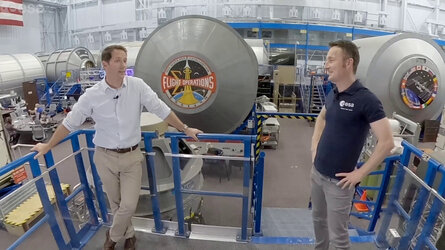



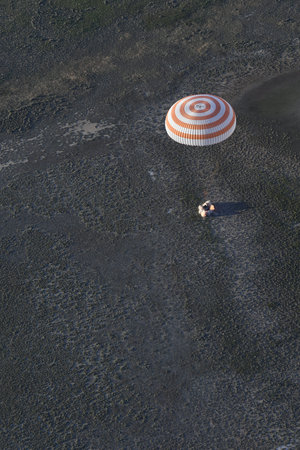
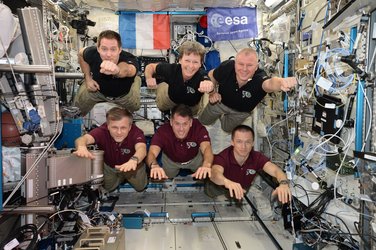
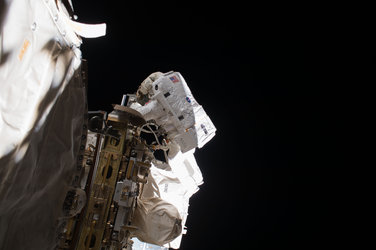
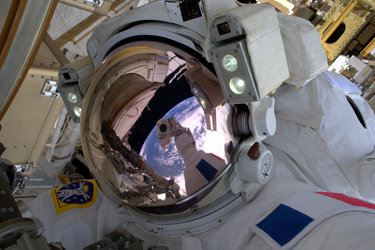
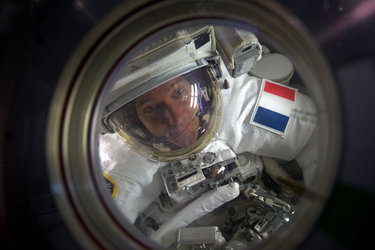
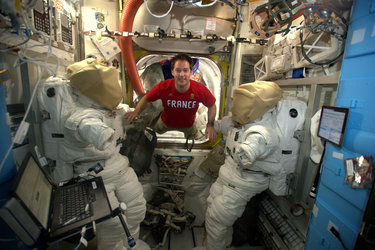
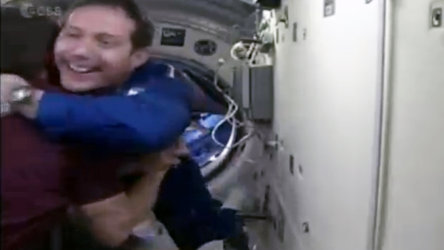
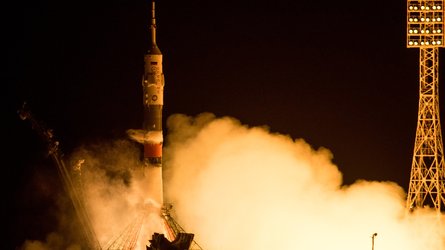
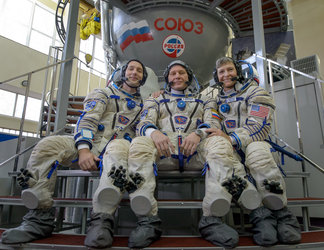
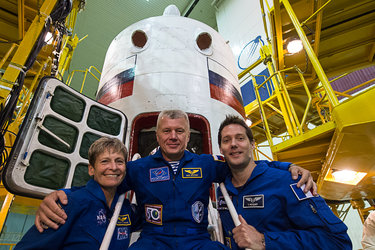
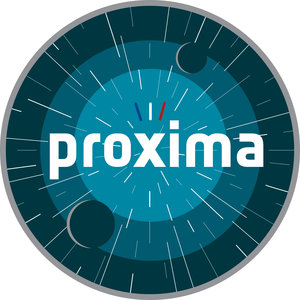
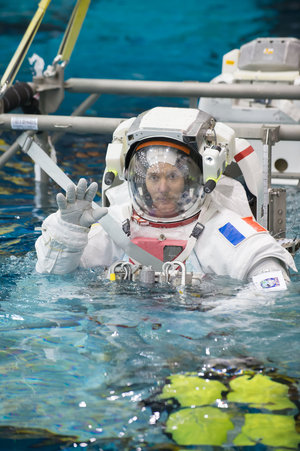

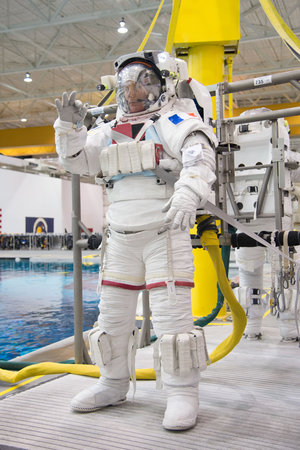
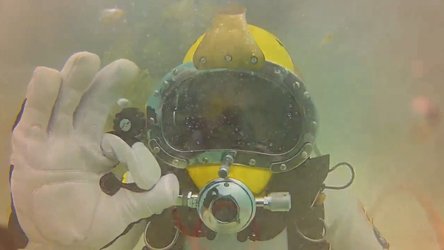
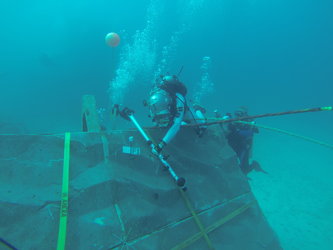




 Thomas Pesquet on Facebook
Thomas Pesquet on Facebook Thomas Pesquet on Instagram
Thomas Pesquet on Instagram Thomas Pesquet on YouTube
Thomas Pesquet on YouTube
